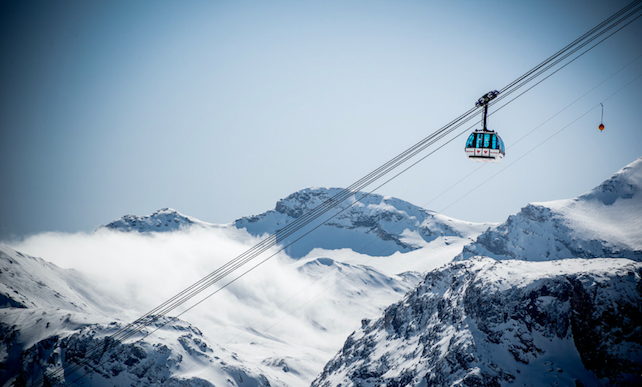
Savvy skiers who book now can still find deals during the Christmas and New Year weeks, as well as a growing number in January. If you’re flying then don’t forget to reserve your airport parking at least 24 hours before you go – this is especially important during peak holiday periods. If you’re travelling from Gatwick, Cophall Parking has some offers just for Welove2ski viewers.
Pre-Christmas
Val d’Isere mid-December from £248.50pp with Ski France
Stay at four-star Résidence Alpina Lodge in Val d’Isere this December. It offers a selection of comfortable and spacious self-catered apartments with fully-equipped kitchens. The residence is ideally located in the town centre, close to shops, bars and restaurants, and the main ski lifts are only 500m away. A seven-night self-catered stay, departing December 15, is priced from £248.50pp (£497 total – was £690 total, saving 28%) per one-bedroom studio apartment that sleeps up to two people. This is accommodation only. Bookings: Ski France.
Santa’s Lapland from £949pp for Manchester/Newcastle departures
Whisk your children off to meet Santa in the Finnish town of Saariselkä before Christmas. Santa’s Lapland has exciting activities for children of all ages, and a three-day package costs from £949pp departing from Manchester or Newcastle on December 12. You’ll stay at Santa’s Holiday Hotel Club with its wonderful indoor pool. Included is a husky sleigh-ride and a chance to play with the elves in Igloo Wonderland, as well as visit Santa’s Igloo filled with ice sculptures. Other activities including a reindeer sleigh-ride and crazy golf, you go by sleigh in search of Santa, and there’s a private meeting with the man himself. Prices are based on a family of four, and include flights, airport transfers, two nights half board, thermal clothing and all the above activities. Bookings: Santa’s Lapland.
Christmas
Meribel Christmas from £1,049pp with Esprit Ski
Stay seven nights at Chalet Hotel Alba in Meribel from £1,043 departing on December 23 to enjoy Christmas on the slopes. Situated just above the main resort hub, you can ski in and out via a connecting ski bridge making slope access quick and painless, and perfect for families with young children. The hotel is equipped with sauna, steam room and indoor whirlpool, an is a free short bus service into the resort centre. On Christmas day all Esprit chalets host a special dinner with a visit from Santa Claus who has a gift for every child. Price includes flights, transfers and chalet catering accommodation. Esprit’s Childcare is available from £39 for children aged between 17 weeks and 12 years old. Bookings: Esprit Ski.
New Year
Tignes in January from £243pp with Erna Low
Book by October 31 and you’ll get 15% off accommodation in January at Residence Altaviva in Tignes. This brand new ski-in ski-out residence located in Tignes 1800 offers spacious, modern apartments and on-site facilities include indoor pool, spa and restaurant with south facing terrace. Book a self-drive package including Eurotunnel Flexiplus upgrade from £243pp (based on four sharing a one-bedroom four-person apartment, for seven nights from January 5. Bookings: Erna Low.
Chamonix New Year from £813pp with Peak Retreats
Celebrate New Year in the lively mountain town of Chamonix. Four-star Le Cristal de Jade apartments are next to the Aiguille du Midi cable-car and 200m from the centre of town. Save 10% on apartments for the week commencing December 29. Seven nights self-catering from £813pp (was £899pp) including return Eurotunnel crossings with a free upgrade to FlexiPlus. The price is based on six people sharing a three-bedroom apartment (sleeps up to eight). Book before October 31. Bookings: Peak Retreats.
Val d’Isere during January from £1,179pp with VIP SKI
The Farmhouse is a gorgeous property located in the heart of Val d’Isere; it sleeps 10 people in five en-suite bedrooms. There’s an underground spa-suite complete with a small counter-current pool and a hammam. If you book before October 31, you can get a seven-night stay, arriving January 6, from £1,179pp (down from £1,279pp) including chalet-board accommodation, flights from Gatwick, and coach transfers. Bookings: VIP SKI.
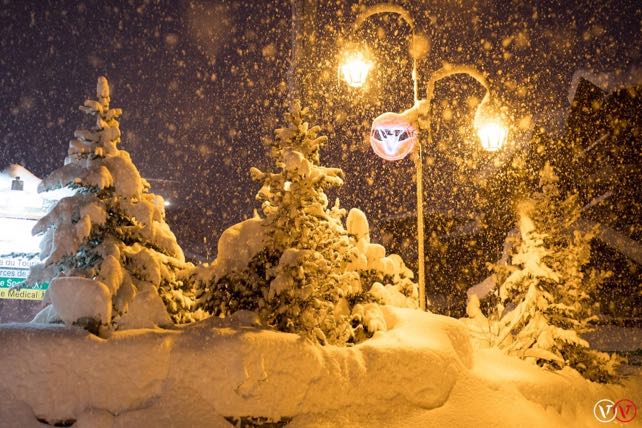
Val Thorens New Year from £978pp with SNO
You can now save over £300 on selected chalet packages over New Year’s week. For example, a seven-night stay in Chalet Taureau, Val Thorens has been reduced in a flash sale from £1,355pp to £978pp. Departing on December 29, the package comes with Gatwick flights, airport transfers and chalet catering. The chalet sleeps six and is 200m from the nearest piste. Bookings: SNO.
Les Deux Alpes New Year from £474pp with Ski Collection
The luxury apartments at Goleon Val Ecrin in Les Deux Alpes have great facilities including a spa with sauna and steam room. They are 50m from the Petit Aiguille slope that leads to the nearest lifts 80m below the residence. Celebrate New Year with 10% off apartments for the week commencing December 29. It’s now from £474pp (was £522pp) for seven nights, including a return Eurotunnel crossing with a free upgrade to FlexiPlus. The price is based on five people sharing a standard two-bedroom alcove apartment (sleeps up to six people). Book before October 31 to take advantage of this offer. Bookings: Ski Collection.
Val d’Isere in January from £539pp with Inghams
Stay seven nights on a self-catering basis at the Les Verdets Apartments in Val d’Isere from £539pp based on four sharing an apartment. Price represents a saving of £50pp and includes return flights from Gatwick to Chambery and airport transfers. The package is valid for travel departing on January 12. Bookings: Inghams.
Spring skiing
Ischgl in April for £1,099pp with Ski Total
Explore Ischgl’s extensive pistes, which ensure there is skiing to suit and challenge all abilities. Seven nights at the five-diamond Chalet Hotel Abendrot is now from £1,099pp (saving £370pp) departing April 7. Hotel Abendrot is situated between two of the main ski lifts, the Silvrettabahn and the Fimbabahn. At the end of the ski day a red run brings you within 50m of the door. Price includes chalet catering, flights, and resort transfers. Bookings: Ski Total.

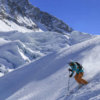
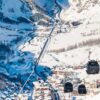
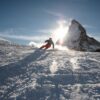
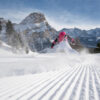
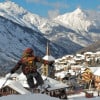
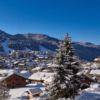
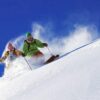
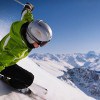
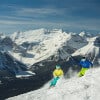
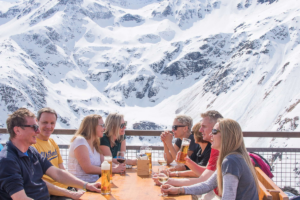
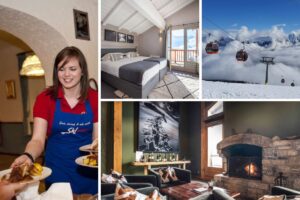

Add Comment